The Crystalline Solar Cell Market is currently characterized by a dynamic competitive landscape, driven by technological advancements, increasing demand for renewable energy, and a global push towards sustainability. Major players such as LONGi Green Energy Technology Co. (CN), Trina Solar Limited (CN), and First Solar, Inc. (US) are at the forefront, each adopting distinct strategies to enhance their market positioning. LONGi Green Energy Technology Co. (CN) focuses on innovation in monocrystalline technology, aiming to improve efficiency and reduce costs, while Trina Solar Limited (CN) emphasizes regional expansion and strategic partnerships to bolster its global footprint. First Solar, Inc. (US) is concentrating on sustainability and recycling initiatives, which not only align with regulatory trends but also appeal to environmentally conscious consumers. Collectively, these strategies contribute to a competitive environment that is increasingly centered on technological prowess and sustainability initiatives.
Key business tactics within the Crystalline Solar Cell Market include localizing manufacturing and optimizing supply chains to enhance efficiency and reduce costs. The market structure appears moderately fragmented, with several key players exerting influence over various segments. This fragmentation allows for a diverse range of products and innovations, yet the collective actions of these major companies significantly shape market dynamics, often leading to collaborative efforts that enhance overall industry standards.
In August 2025, JA Solar Technology Co., Ltd. (CN) announced a strategic partnership with a leading energy storage company to develop integrated solar and storage solutions. This move is indicative of a broader trend towards hybrid energy systems, which are becoming increasingly vital as energy demands evolve. By aligning with a storage provider, JA Solar aims to enhance the value proposition of its solar products, potentially increasing market share in a competitive landscape that favors comprehensive energy solutions.
In September 2025, Canadian Solar Inc. (CA) unveiled a new line of high-efficiency solar panels designed specifically for residential applications. This product launch is significant as it targets the growing residential market, which is witnessing a surge in demand due to rising energy costs and increased consumer awareness of renewable energy benefits. By focusing on residential solutions, Canadian Solar is likely positioning itself to capture a larger segment of the market, thereby enhancing its competitive edge.
In October 2025, Q CELLS (KR) announced the expansion of its manufacturing capabilities in Southeast Asia, aiming to increase production capacity by 30%. This strategic expansion is crucial as it not only addresses the rising demand for solar cells in the region but also positions Q CELLS to mitigate supply chain disruptions that have plagued the industry. By enhancing local production, the company is likely to improve its responsiveness to market needs and strengthen its competitive position.
As of October 2025, current trends in the Crystalline Solar Cell Market are increasingly defined by digitalization, sustainability, and the integration of artificial intelligence in manufacturing processes. Strategic alliances are becoming more prevalent, as companies recognize the value of collaboration in enhancing innovation and market reach. Looking ahead, competitive differentiation is expected to evolve, shifting from traditional price-based competition to a focus on technological innovation, supply chain reliability, and sustainable practices. This transition underscores the importance of adaptability and forward-thinking strategies in maintaining a competitive edge in the rapidly evolving energy landscape.


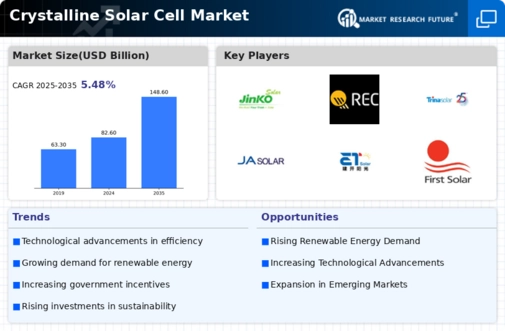
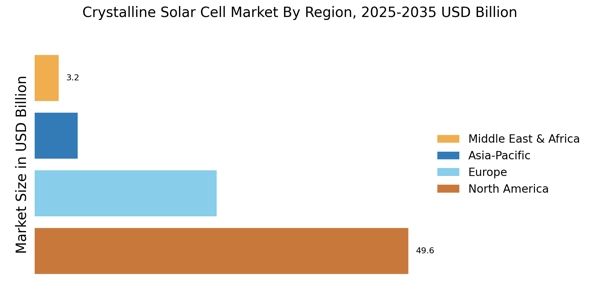
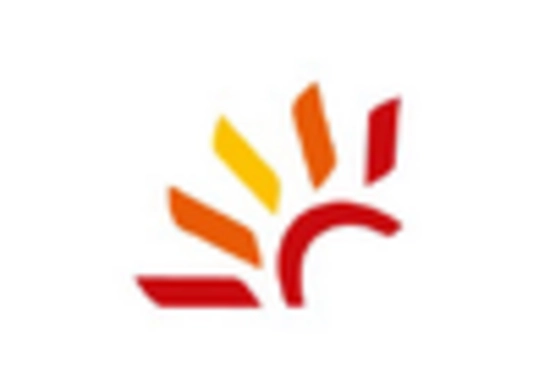
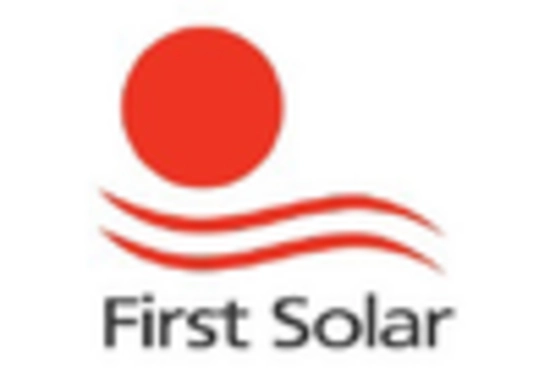

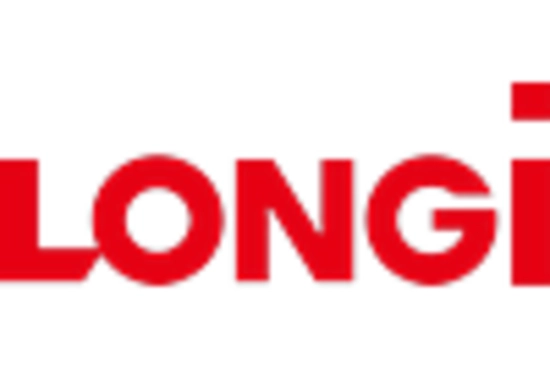
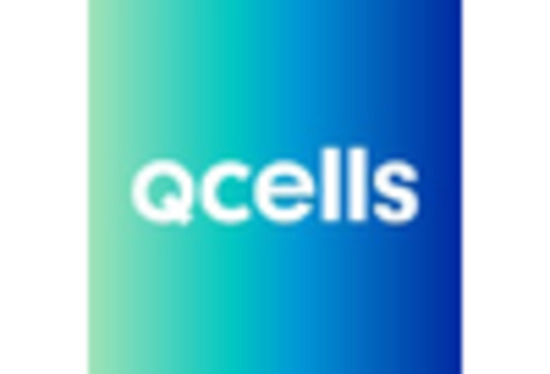
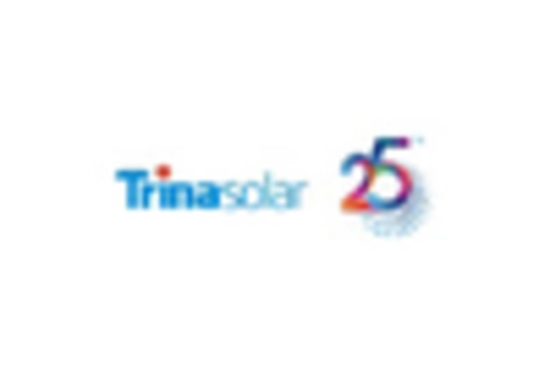








Leave a Comment